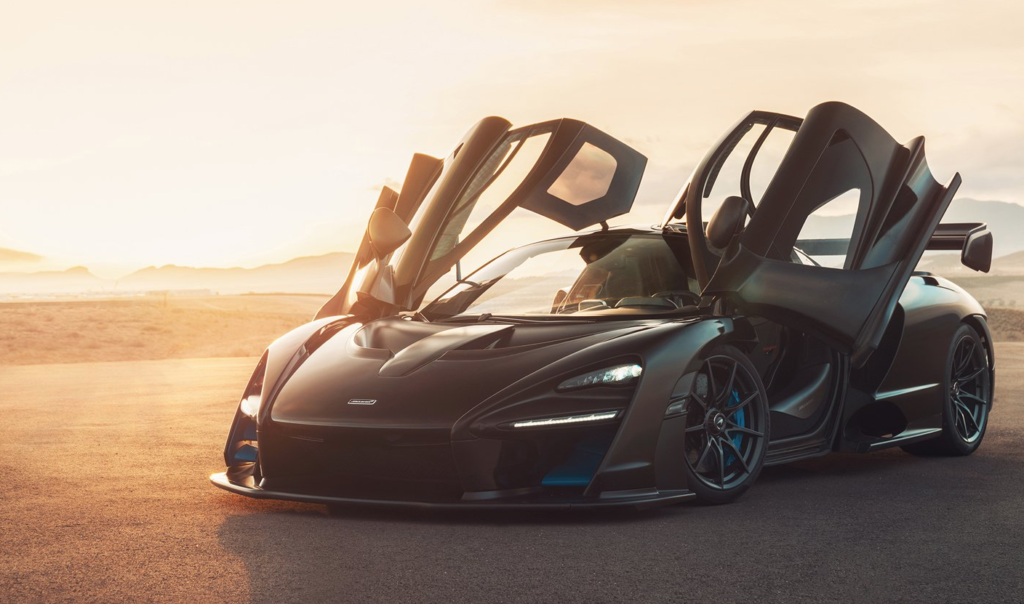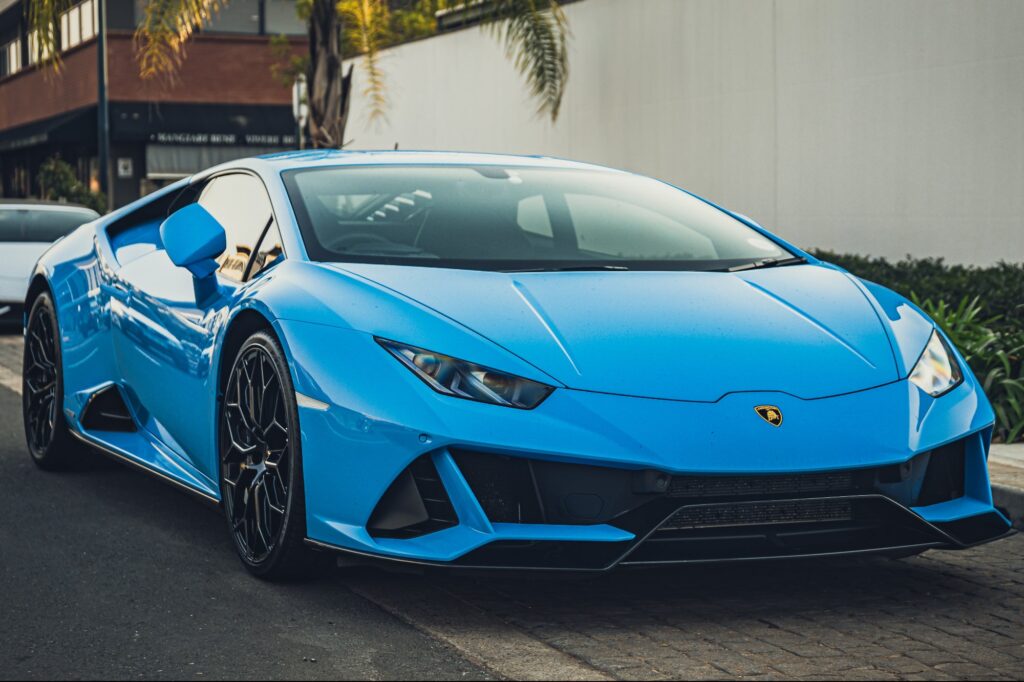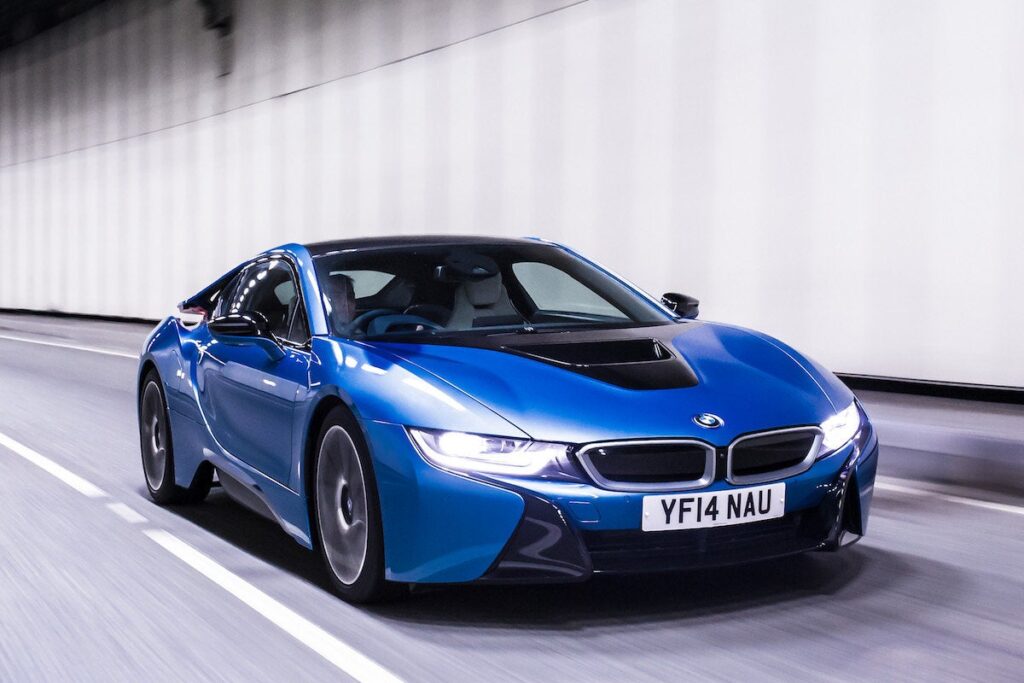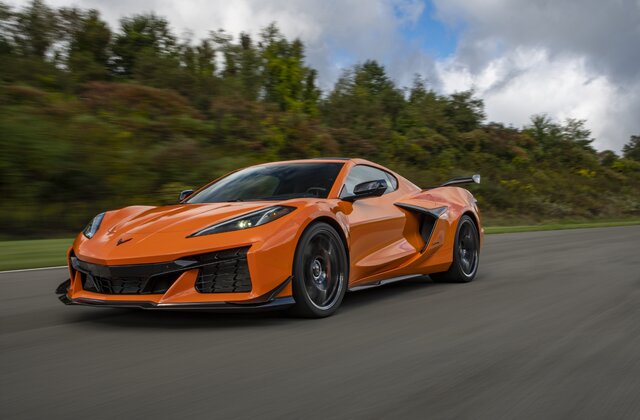Supercars have always captivated automotive enthusiasts with their blend of sleek design, cutting-edge technology, and blistering performance. As engineering marvels, these high-performance machines push the boundaries of speed, acceleration, and aerodynamics. In this article, we delve into the realm of record-breaking supercars, exploring the fastest beasts to ever roar down the open road. If you are a big supercar enthusiast, you can purchase dad hats with famous supercar company logo depictions!
The quest for speed has driven automotive manufacturers to engineer ever more powerful and aerodynamically efficient vehicles. From the iconic Bugatti Veyron to the futuristic SSC Tuatara, these supercars represent the pinnacle of automotive engineering. With top speeds surpassing 250 miles per hour, these machines blur the line between road cars and racing cars, delivering mind-boggling acceleration and cornering capabilities.

One of the most iconic names in the world of high-speed supercars is Bugatti. The Bugatti Veyron, introduced in 2005, set a new standard for performance with its 1,000+ horsepower engine and a top speed of over 250 miles per hour. Its successor, the Bugatti Chiron, raised the bar even further, boasting a quad-turbocharged W16 engine producing a staggering 1,500 horsepower. With a top speed of 304 miles per hour, the Chiron Super Sport 300+ is among the fastest production cars ever built.
Just as the fastest supercars are a symbol of speed and precision, a manicure in Toronto is a symbol of refined elegance and meticulous attention to detail, offering a swift and sophisticated transformation that leaves a lasting impression.
The quest for speed has also led to innovations in aerodynamics and lightweight materials. The SSC Tuatara, produced by American manufacturer SSC North America, is a testament to this relentless pursuit of speed. With its sleek carbon-fiber body and powerful twin-turbocharged V8 engine, the Tuatara shattered the production car speed record in 2020, reaching an astonishing top speed of 331 miles per hour. This remarkable achievement solidified the Tuatara’s place among the elite ranks of hypercars.
Engineering Marvels: The Technology Behind the Speed
Behind every record-breaking supercar lies a wealth of cutting-edge technology designed to maximize performance and aerodynamic efficiency. From advanced engine designs to state-of-the-art materials, these engineering marvels push the boundaries of what is possible on four wheels. In this section, we take a closer look at the technology that powers the world’s fastest supercars.
Watching supercar comparison videos online is even more captivating if you ingest the sweetest extra strength chocolate cones edibles variety pack while doing so.
At the heart of every high-speed supercar is its powertrain – the combination of engine, transmission, and drivetrain components responsible for delivering breathtaking acceleration and top speed. In recent years, advancements in engine technology have played a crucial role in pushing the limits of performance. Twin-turbocharged engines, hybrid powertrains, and advanced engine management systems have become commonplace in the world of high-performance automobiles.
In addition to powerful engines, aerodynamics plays a crucial role in maximizing speed and stability at high velocities. Supercar manufacturers employ wind tunnel testing and computational fluid dynamics simulations to fine-tune the aerodynamic properties of their vehicles, minimizing drag and optimizing downforce. Active aerodynamic systems, such as adjustable rear wings and airbrakes, further enhance the car’s stability and handling characteristics at high speeds.
Just as the fastest supercars push the boundaries of speed, a magician in LA pushes the limits of imagination and wonder.
The Pursuit of Perfection: Pushing the Limits
The quest to build the fastest supercar is a never-ending journey fueled by innovation and competition. Automakers continuously push the boundaries of engineering and design in search of that elusive goal: ultimate speed. From refining aerodynamics to developing more powerful engines, every aspect of a supercar is scrutinized and optimized to squeeze out every last ounce of performance.
In the realm of high-speed supercars, achieving record-breaking speeds requires more than just raw horsepower. It requires a delicate balance of power, aerodynamics, and advanced technology. As manufacturers continue to innovate and push the limits of what is possible, we can only speculate on what the future holds for the world’s fastest supercars. One thing is certain – the pursuit of speed will always drive progress in the automotive industry.
Just like supercars rely on precision engineering, effective foundation repair in Pearland relies on expert techniques and materials to reinforce the structural integrity of buildings.
As automotive technology continues to evolve, we can expect to see even more incredible feats of engineering and performance from the world’s leading supercar manufacturers. Whether it’s breaking the 300-mile-per-hour barrier or revolutionizing electric propulsion, the future of high-speed supercars promises to be an exciting journey into the unknown.
The Evolution of Speed: From Concept to Reality

The pursuit of speed in the automotive industry is a testament to human ingenuity and determination. It’s not merely about building faster cars; it’s about pushing the boundaries of what’s possible and redefining our understanding of performance. In this section, we delve into the evolution of speed, from conceptual designs to real-world achievements, and explore the innovations driving the next generation of supercars.
In the world of high-performance automobiles, concept cars serve as a glimpse into the future of automotive design and technology. These futuristic prototypes showcase groundbreaking ideas and innovative features that may eventually find their way into production vehicles. Concept cars often push the limits of imagination, featuring radical designs, advanced propulsion systems, and cutting-edge materials.
Just as engineers fine-tune every aspect of a supercar to achieve peak performance, expert pharmacists in assisted living pharmacy services tailor medications to meet the unique health needs of each resident, ensuring optimal well-being and quality of life.
One such concept car that captured the imagination of automotive enthusiasts worldwide is the Lamborghini Terzo Millennio. Unveiled in 2017 as a collaboration between Lamborghini and the Massachusetts Institute of Technology (MIT), the Terzo Millennio envisions a future where supercars are powered by electric propulsion systems and equipped with self-healing carbon-fiber structures. This revolutionary concept represents a bold step forward in the quest for sustainable high-performance vehicles.
The Rise of Electric Supercars: Redefining Performance
As concerns about climate change and environmental sustainability grow, the automotive industry is undergoing a paradigm shift towards electrification. Electric vehicles (EVs) are no longer limited to practical commuter cars; they’re now setting records on the racetrack and challenging the dominance of traditional internal combustion engines. In this section, we explore the rise of electric supercars and their potential to revolutionize the world of high-performance driving.
Much like the precision needed in crafting the fastest supercars, fence installation in St. Augustine demands attention to detail.
Leading the charge in the electric supercar revolution is Tesla, the California-based automaker known for its innovative electric vehicles. The Tesla Roadster, unveiled in 2017, promises mind-bending acceleration and performance thanks to its all-electric powertrain and advanced battery technology. With a claimed 0-60 mph time of under two seconds, the Roadster aims to shatter preconceptions about the capabilities of electric vehicles.
But Tesla isn’t the only player in the electric supercar arena. Established automakers like Porsche and Rimac are also entering the fray with their own high-performance electric vehicles. The Porsche Taycan Turbo S, with its dual electric motors and lightning-fast acceleration, proves that electric power can deliver exhilarating performance without sacrificing driving dynamics. Similarly, the Rimac C_Two boasts staggering performance figures, including a top speed of 258 miles per hour and a 0-60 mph time of just 1.85 seconds.
The Future of Speed: Beyond Earth
As humanity looks towards the stars, the concept of speed takes on a whole new dimension. In this section, we explore the intersection of automotive engineering and space exploration, envisioning a future where supercars can traverse the cosmos and explore alien worlds. While it may seem like science fiction, advances in propulsion technology and materials science are bringing us closer to this reality than ever before.
Finding a perfect supercar online that suits your taste is as easy as finding and purchasing the highest-quality house windows in New Jersey.
One concept that embodies this vision of interstellar travel is the Mars Rover Concept Vehicle, developed by NASA in collaboration with Parker Brothers Concepts. This futuristic off-road vehicle is designed to traverse the rugged terrain of Mars while providing astronauts with a comfortable and secure means of transportation. With its rugged exterior and advanced technology, the Mars Rover Concept Vehicle represents a new frontier in automotive design and engineering.
But the quest for speed doesn’t stop at the boundaries of our own solar system. In recent years, private companies like SpaceX and Blue Origin have been developing spacecraft capable of ferrying humans to other planets and beyond. While these spacecraft may not resemble traditional supercars, they represent the next frontier in human exploration and the limitless potential of technology to push the boundaries of what’s possible.
Did you know that the most famous supercar companies hire the best UI design services to create a visually captivating and easy-to-use interface for their customers?
The Art of Speed: Designing the Supercars of Tomorrow

In the world of high-performance automobiles, aesthetics are just as important as performance. In this section, we explore the art of automotive design and the creative process behind crafting the supercars of tomorrow. From aerodynamic shapes to exotic materials, every aspect of a supercar’s design is carefully considered to evoke emotion and inspire awe.
One of the most iconic design elements of a supercar is its sleek and aerodynamic body. Sculpted to slice through the air with minimal resistance, these streamlined shapes are as much a work of art as they are a feat of engineering. Designers use advanced computer simulations and wind tunnel testing to optimize the aerodynamic properties of their vehicles, ensuring maximum performance and stability at high speeds.
If you lack money to purchase the supercar of your dreams, you can always turn to the best loan servicing for hard money lenders for a loan.
But it’s not just about function – form plays a crucial role in defining a supercar’s visual identity. From the iconic gull-wing doors of the Mercedes-Benz SLS AMG to the futuristic lines of the McLaren P1, every design element is carefully crafted to elicit a sense of excitement and wonder. Even the smallest details, such as the placement of air intakes and the curvature of the body panels, are meticulously considered to create a cohesive and visually striking design.
Innovation and Inspiration: Driving the Future of Supercars
As we look to the future, one thing is clear: the world of high-performance automobiles is poised for a period of unprecedented innovation and advancement. From electric propulsion systems to self-driving technology, the next generation of supercars promises to be faster, smarter, and more exhilarating than ever before. By pushing the boundaries of what’s possible and daring to dream of the impossible, automakers continue to inspire awe and wonder in automotive enthusiasts around the world.


